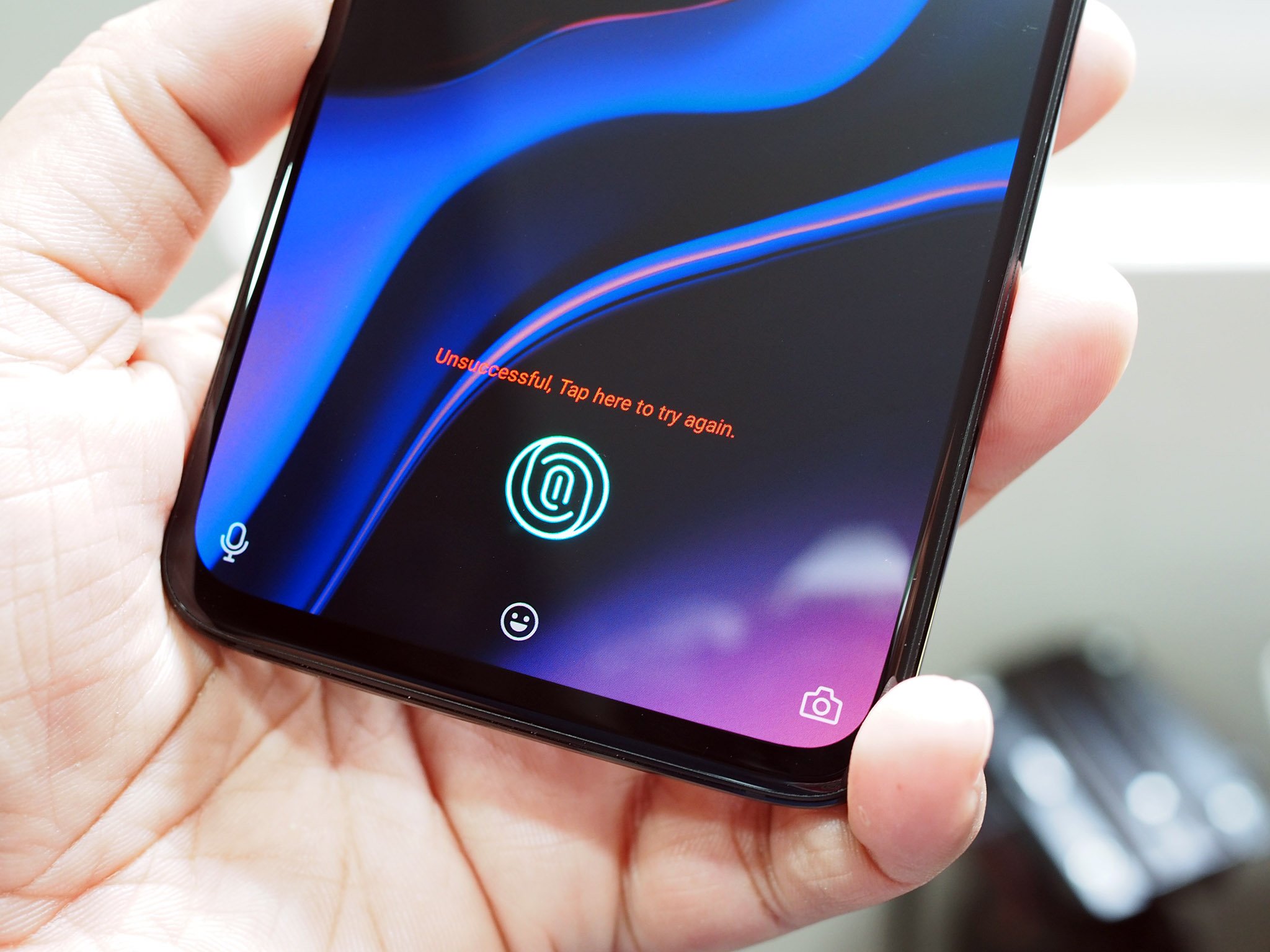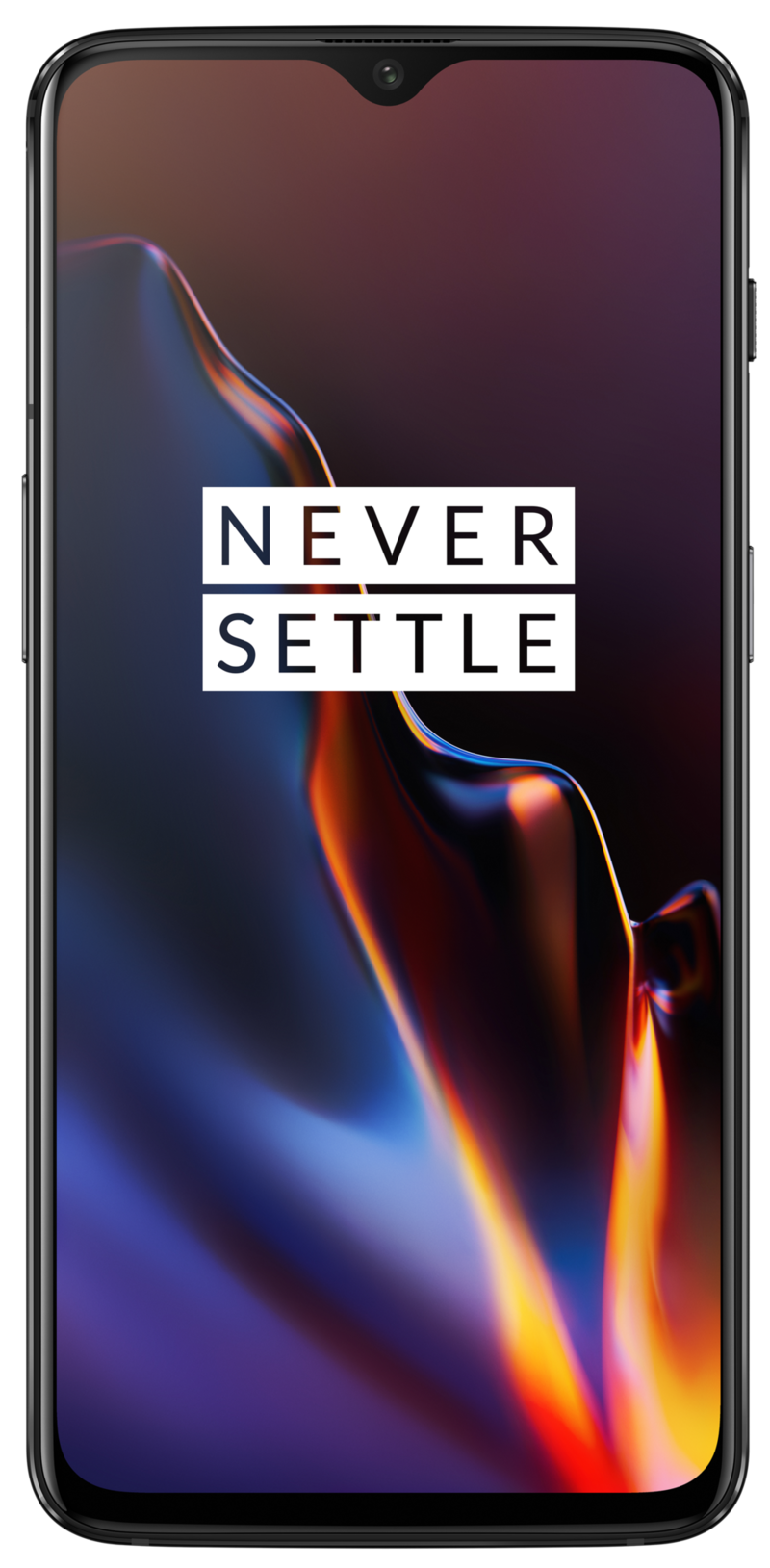How to improve fingerprint recognition on the OnePlus 6T

The marquee feature on the OnePlus 6T is an in-display fingerprint sensor, a first for the company. The phone features an optical sensor that sits underneath the display, with the sensor module joined by a tiny camera that authenticates the ridges on your fingerprint. Here's what you need to know about the in-display fingerprint sensor on the 6T, and how to get the most out of it.
Products used in this guide
- OnePlus: OnePlus 6T ($549)
What you need to know about in-display fingerprint sensors
In-display sensors are interesting as they not only offer an interesting new way to unlock your phone, but also free up room for other components. With the sensor module integrated underneath the display itself, there's more room at the back for a larger battery. The lack of a rear-mounted fingerprint sensor also creates a more seamless look in terms of design.
The OnePlus 6T has an optical in-display sensor with a camera integrated underneath the display.
Vivo was the first company to roll out in-display fingerprint sensors this year, with the tech prominently featured on the Chinese manufacturer's 2018 portfolio. Its most recent addition — the $350 Vivo V11 — is the most affordable phone to offer the feature yet. Like Vivo, OnePlus is leveraging an optical in-display sensor, which it says is the fastest such module in the market today with a quoted unlock time of 0.34 seconds.
The sensor itself is likely made by Goodix, which is touted to have a 0.002% false acceptance rate and less than 2% false rejection rate. You'll have to place your finger on a designated area at the bottom of the screen to begin the authentication process. As it is an optical sensor, it emits a light to illuminate the display and get a better reading of the ridges on your fingerprint as they're reflected off the light.
How to improve fingerprint recognition on the OnePlus 6T
As an in-display fingerprint module sits 1.6mm underneath the display, it isn't affected by scratches on the panel. But its performance could be adversely affected by a third-party screen protector, so every OnePlus 6T comes with a factory-applied screen protector. I haven't noticed much difference in the authentication process with and without the screen protector, so you're better off leaving it on.
Stick to the factory-applied screen protector and make sure your finger lines up perfectly with the recognition zone.
Although OnePlus says its in-display sensor is as good as traditional readers, that hasn't been the case in my usage of the 6T. The module took anywhere up to a second or more to authenticate, and more often than not it refused to register my fingerprint altogether. The failure rate was particularly high when I tried to unlock the 6T while it was on a flat surface, like a table.
Be an expert in 5 minutes
Get the latest news from Android Central, your trusted companion in the world of Android
To mitigate the issue, I ensured that my finger lined up with the graphic displayed on the panel. Doing so led to fewer failures, but it still took more time to unlock the phone than a traditional sensor. If you're also facing issues with the fingerprint sensor on your 6T, make sure you line up your finger perfectly with the recognition zone and press firmly on the panel.
Aside from that, there isn't much you can do to improve fingerprint recognition on the 6T, as the optical sensor isn't quite as capable as a capacitive fingerprint reader yet. That will change in the coming years as the industry switches to ultrasonic sensors, but right now slow unlock speed is the tradeoff with using in-display sensors.
Our top equipment picks

A cool new way to unlock your phone
The OnePlus 6T is the first phone in the U.S. to offer an in-display fingerprint reader. The tech is still in its infancy, but that doesn't make it any less interesting to unlock your phone by placing your finger directly on the screen. The 6T also offers top-notch internals backed by a sublime software experience.

Harish Jonnalagadda is Android Central's Senior Editor overseeing mobile coverage. In his current role, he leads the site's coverage of Chinese phone brands, networking products, and AV gear. He has been testing phones for over a decade, and has extensive experience in mobile hardware and the global semiconductor industry. Contact him on Twitter at @chunkynerd.
